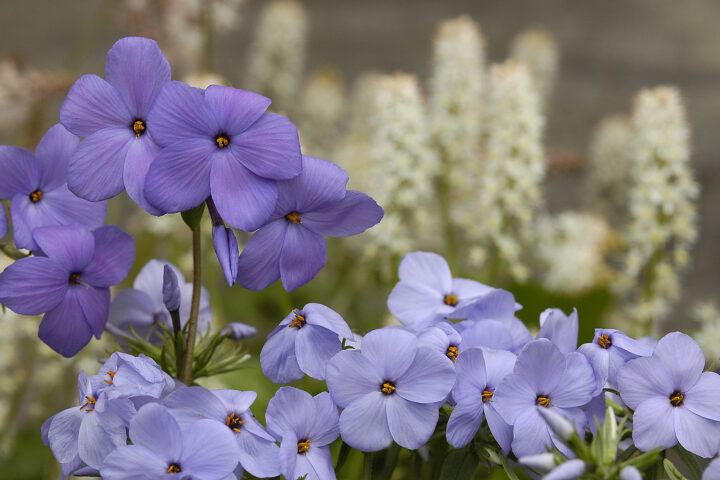Almost exactly a year after Penn State University President Eric Barron announced the university’s plan to investigate ways to conserve land it owns in the Musser Gap area in State College near University Park campus, Barron said on December 18 that Penn State is moving forward with conserving 355 acres for environmental protection and natural recreation.
The plan was developed in a collaborative effort involving community members and organizations, and researched by Penn State students and faculty members.
“I’m thrilled at the amount of progress the Musser Gap to Valleylands team has made in such a short span of time,” Barron said at an annual gathering with lawmakers and local officials. “The strong interest in this project from our local community shows the tremendous impact and importance that our natural surroundings can have on how we live, learn and enjoy ourselves. I’ve been so inspired and gratified by this effort, and I can see the immense potential of this for future generations.”
Barron continued, “Our plan now is to take what’s been distilled from all of the feedback the team has received in the past year through community events and meetings and work with a design consultant to begin examining seven recommended design elements for the site.”
The seven design elements, identified by Penn State landscape architecture faculty and students with input from the community, local officials and environmental groups; and careful consideration by University leadership, are:
- Create a sequential trail experience that will guide people from the built environment — campus and downtown — to a natural environment, allowing visitors to experience the transition from an urban landscape to meadows, woodlands, farm fields, etc.;
- Add secondary “loop” trails, providing additional access to the land;
- Enhance a riparian buffer — a vegetated area near a stream — along Slab Cabin Run with additional plantings to help shade the run and protect it from erosion and pollutants;
- Enhance the safety of crossing Route 45 as visitors walk, run and bike from one section of the property to another;
- Collaboratively establish a buffer between the Musser Gap property and planned Whitehall Regional Park;
- Manage approximately 90 acres of existing forest on land south of Rt. 45 by promoting native plants and trees and removing invasive flora; and
- Phase approximately 65 acres south of Rt. 45 out of agriculture into naturalized land cover.
“These seven design elements that received broad agreement from the community are a good start. This is a very large undertaking, and it may take a number of years before the project is fully implemented and realized. As we move forward, other elements proposed by the community may be further developed and new ideas may also emerge,” Barron said. “That being said, we’re as excited to move forward as the community is, so we may pursue a phased approach in order to maintain the momentum we’ve built up over the past 12 months.”
The president added that the work to conserve the Musser Gap is a priority within the University’s Strategic Plan, which includes stewarding the planet’s resources.
Located roughly between Whitehall Road and Rothrock State Forest at Musser Gap in Ferguson Township, the property includes the Musser Greenway Trail and is bordered by Rothrock State Forest and the proposed Whitehall Road Regional Park.
As part of the work, the University partnered with the ClearWater Conservancy, a non-profit organization that aims to conserve and restore natural resources in central Pennsylvania, which has worked with the local community and sought input from residents.
“We’re excited to work with the University and our community to bring this important project to life,” said Deb Nardone, executive director at ClearWater Conservancy. “This project will make an important impact by providing outdoor recreation opportunities, while conserving important lands vital to clean water — for our community and all those who live downstream.”
In the fall of 2018, an interdisciplinary team of graduate and undergraduate students, under the guidance of landscape architecture faculty, carefully studied the property as part of an upper-level landscape architecture course sponsored by E+D Ecology plus Design, a new Penn State center in development. The team examined the site’s biophysical, geological, hydrological, ecological, agricultural and historic characteristics.
Using the information gathered, as well as feedback from various stakeholders, students in a second landscape architecture course generated preliminary concepts for the use of the site that focus on environmental and social benefits.
This past summer and fall, faculty and students conducted a research project sponsored by E+D that identified the seven design priorities that spanned both town and gown interests. Subsequently, they undertook a study of “things to consider” about the design priorities to inform the next phase of the project, which will culminate in a report in spring 2020.




